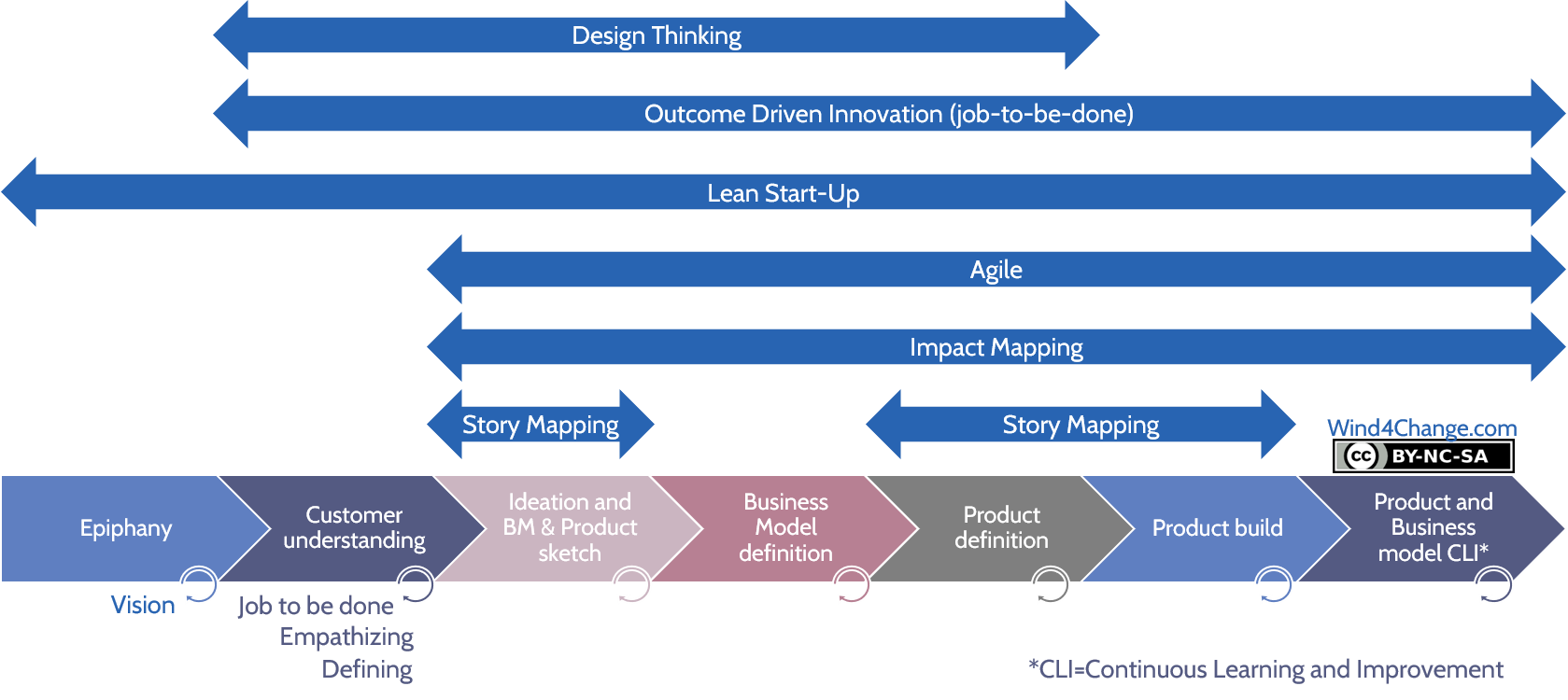Agile Style - Improving Item Advancement for Faster Outcomes
페이지 정보

본문
 Intro
IntroAgile Layout is changing the method teams create, test, and launch products. Combining dexterous methodology with style thinking, Agile Style provides a flexible and repetitive approach that enables groups to react promptly to market shifts, include user responses, and continuously boost product high quality. As organizations increasingly intend for a much faster time-to-market and a much better individual experience, Agile Layout has arised as a valuable method.
What is Agile Layout?
At its core, Agile Style is the blend of active growth concepts with user-centered style approaches. Unlike standard approaches that count on substantial ahead of time preparation, Agile Style encourages repetitive cycles and rapid feedback. This structure concentrates on creating user-focused options by adapting to responses throughout the development process, minimizing the risk of missed needs or late-stage modifications. Agile Style eventually leads to an item that fulfills users' requirements more properly.
Secret Concepts of Agile Style
User-Centric Method: Agile Layout puts users at the. By constantly testing and refining based upon comments, developers ensure the item straightens with real-world individual assumptions and requirements.
Cooperation: Agile Style highlights synergy, breaking down silos and motivating close partnership in between designers, designers, and stakeholders. This boosts interaction and makes sure that each employee's understandings educate layout choices.
Iterative Advancement: Agile Design depends on iterative cycles-- short, focused sprints of work that result in quick models and rapid testing. This allows teams to recognize and take care of issues early, boosting both rate and high quality.
Versatility: Agile Style adjusts to changing demands throughout the job. Groups prioritize flexibility, adjusting as individual requirements progress or market problems shift.
Benefits of Agile Layout
Agile design framework Layout offers several key benefits. It increases time-to-market by developing room for quick modifications, reduces thrown away resources, and reduces the risk of providing a product that disappoints individual assumptions. In Addition, Agile Design fosters a society of versatility, making it simpler for groups to pivot as brand-new understandings arise.
Applying Agile Layout
To execute Agile Style, beginning by breaking down the style procedure into sprints, setting clear objectives for each stage. Foster a society of cross-functional cooperation by encouraging communication in between all included groups. On a regular basis examination designs with real customers to guarantee that the product stays aligned with developing demands.
Incorporating agile approach with design reasoning, Agile Design offers a flexible and iterative approach that permits groups to react swiftly to market changes, integrate customer feedback, and continuously enhance product quality. At its core, Agile Style is the mix of active growth principles with user-centered layout approaches. Agile Style eventually leads to a product that meets users' needs more efficiently.
To implement Agile Design, begin by damaging down the style process into sprints, establishing clear purposes for each phase.
- 이전글Женский клуб в Новосибирске 24.11.14
- 다음글블랙툰 막힘 ※링크나라※ 주소찾기 뉴토끼 주소모음 24.11.14
댓글목록
등록된 댓글이 없습니다.
